Pokémon Go has undoubtedly been the digital sensation of the year. Unless you spent your summer vacation exploring Jupiter, you probably know that Pokémon Go is an augmented reality game that allows players to capture virtual creatures, called Pokémons (the term derives from Pocket Monsters), using their smartphones.
Because the creatures appear in real-world environments, the game has led to the spectacle of Pokémon hunters trailing across town squares, parks and beaches with their eyes riveted to their phones, pausing only to trap a Pokémon that’s invisible to non-players.
Having been downloaded more than 130 million times since its July rollout, the game has attracted controversy – with players accused of creating a public nuisance – as well as attention from advertisers.
In Japan, for example, McDonald’s allowed its 3000 restaurants to become Pokémon “gyms” – where players can battle with the Pokémons they’ve collected.
Elsewhere, Thailand’s Asia Insurance created “Pokésurance” for players who risked having a mishap while playing the game.
Similarly, in Paris, a branch of supermarket chain Monoprix created, with its agency Rosapark, “Pokémonop”: a kit for players containing sunblock, an energy bar, vitamin water and sticking plasters for their blisters.
Unfortunately, the store had underestimated the popularity of the kit and found itself besieged by customers. A Pokéflop? Since the store dominated French social media that day, maybe not.
Meanwhile, in the United States, hi-tech sneaker designers Vixole released an sneaker that synchs with players’ phones and displays the Pokémon they’ve captured on the sneaker itself.
In the UK, rather more seriously, the advertising agency BBH and the charity Missing People borrowed the game’s “Pokéball” icon to show people who’d gone missing near specific locations. They even placed the pictures on the ground so distracted Pokémon Go players stood a chance of noticing them.
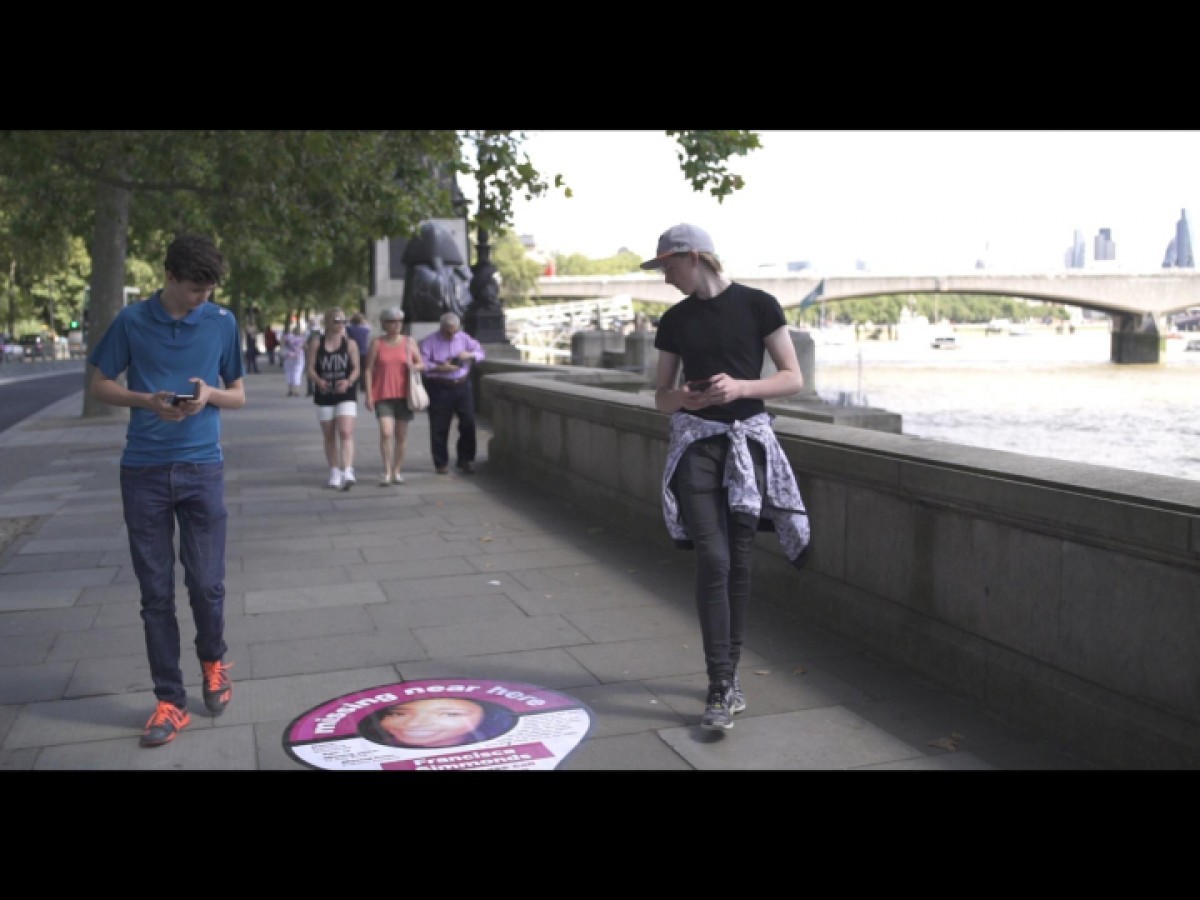
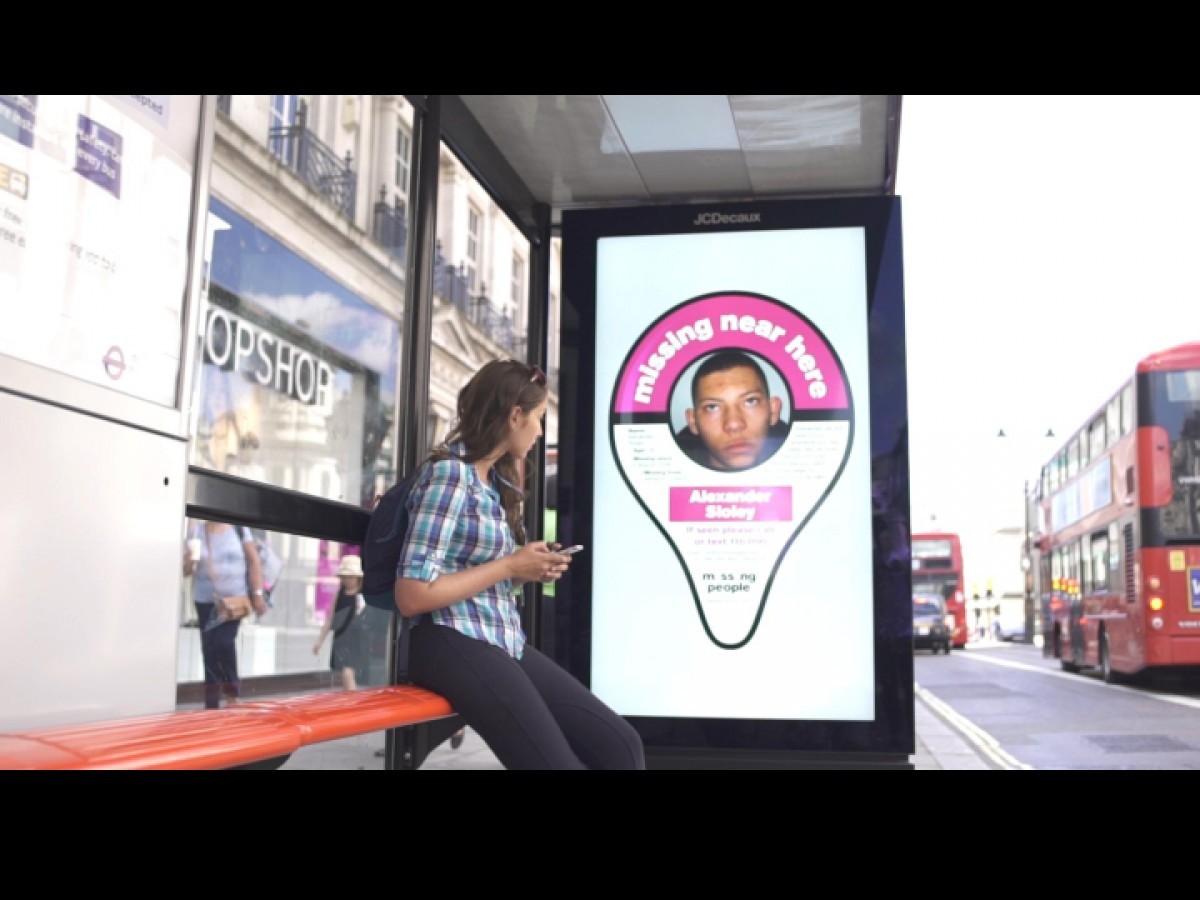
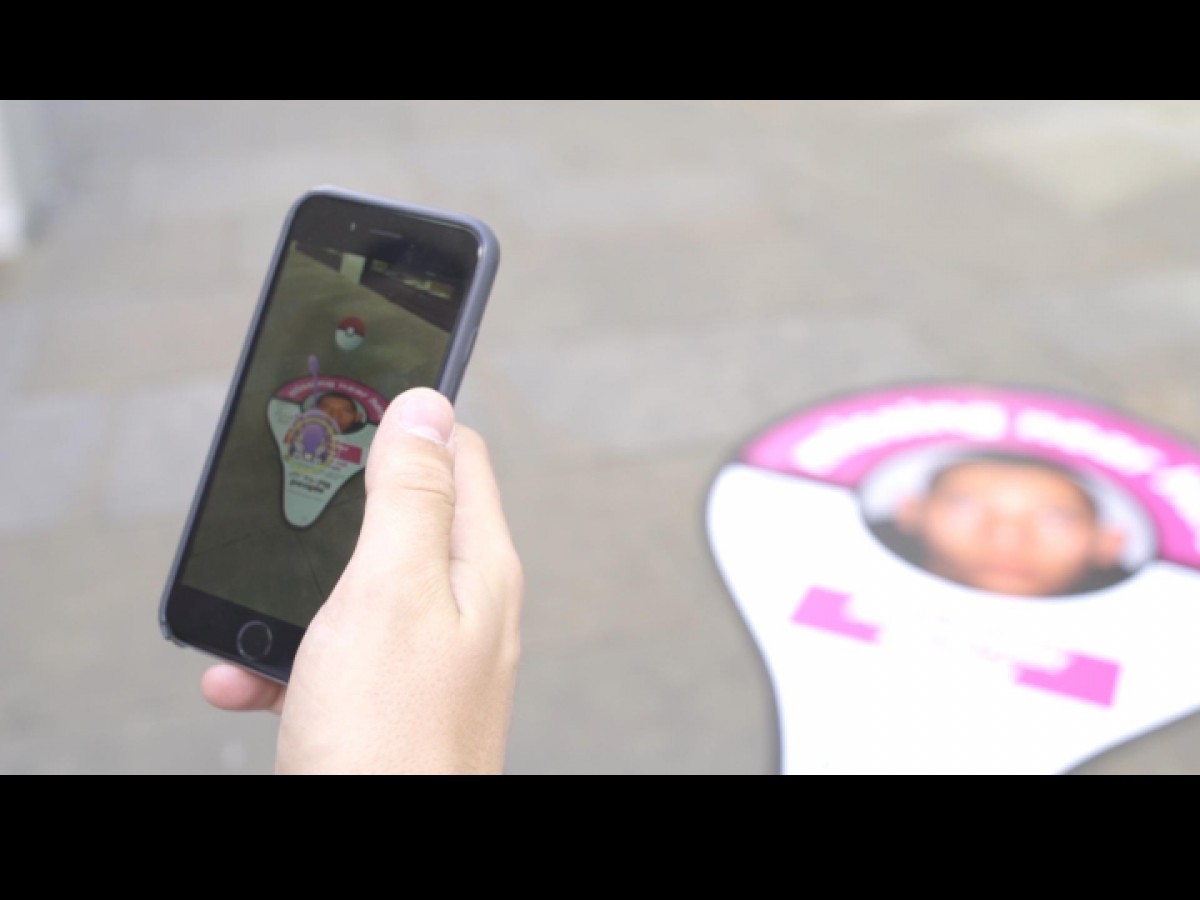
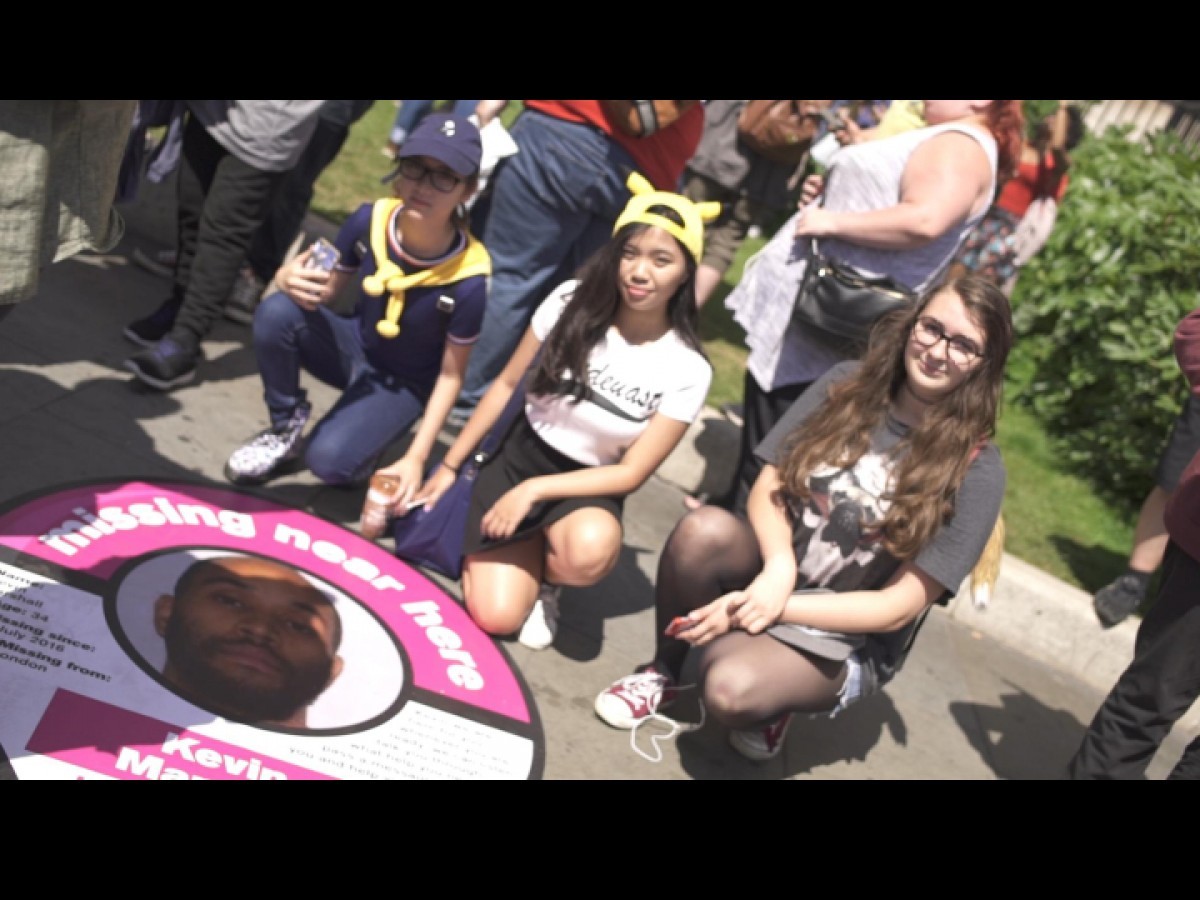
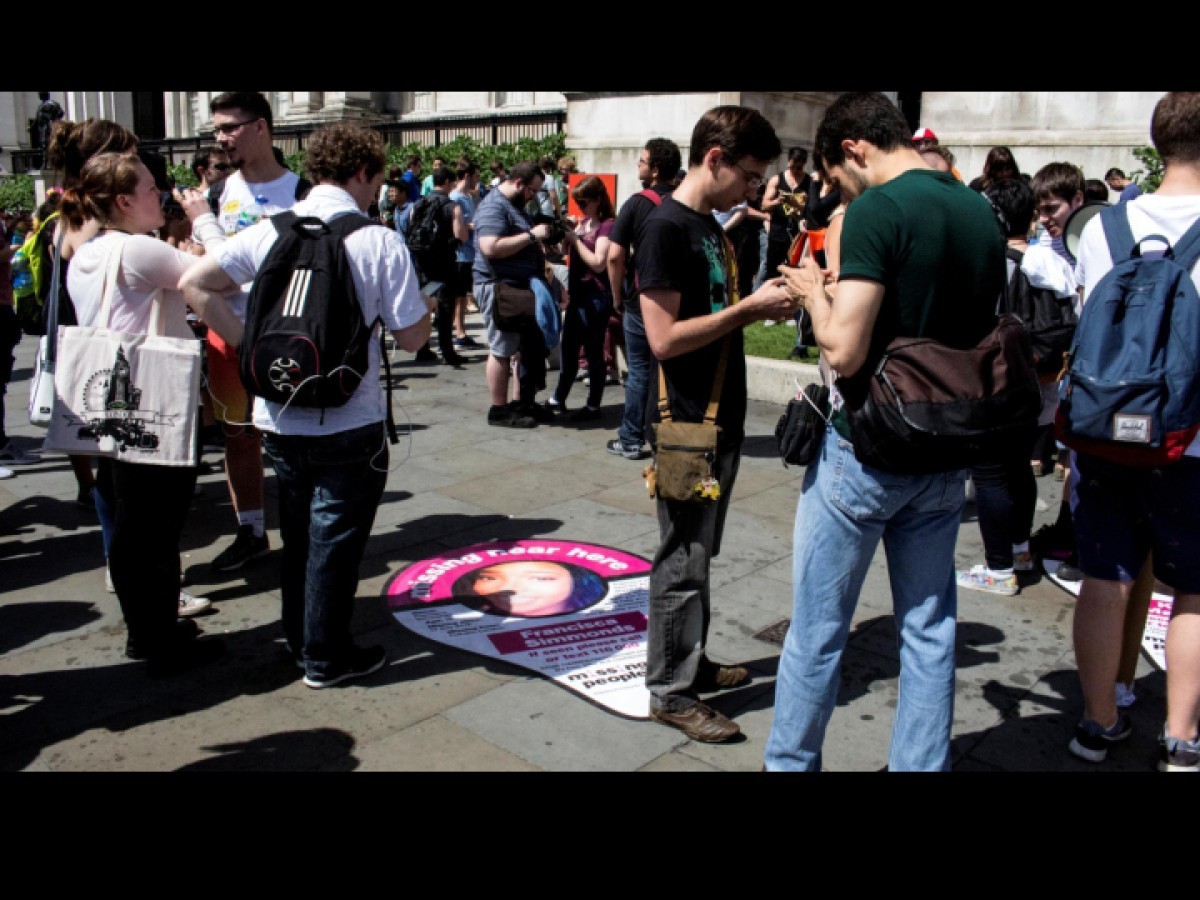
The Pokémon fad brings to mind previous digital addictions. Remember Second Life? The online virtual world – launched in 2003 – attracted hordes of players, who lived vicariously through “avatars” in the virtual environment. Brands soon set up shop to serve them. Dell created an island, American Apparel opened a store and Starwood built a hotel. But by 2007, these properties were already closed or deserted. (“Thinking of advertising in Second Life? Don’t bother”, Business Insider, July 20 2007.)
In 2010, brands began to take advantage of Foursquare, the location-based social network that allowed users to “check in” to restaurants, bars and stores and leave reviews. When Louis Vuitton opened a revamped store in London that year, it encouraged customers to “check in” to the location via Foursquare. Restaurant guide Zagat began posting exclusive reviews on the network, and MTV encouraged its stars to let Foursquare users know where they hung out.
A couple of years later it was the turn of the mobile game Angry Birds to distract our attention. McDonald’s and its advertising agency TBWA took advantage of the popularity of the game in China by giving the burger chain’s customers access to hidden game modes and additional powers – but only if they played in the restaurant. Today, of course, Angry Birds has progressed to full blockbuster movie status.
Another famously addictive game is Candy Crush Saga, the puzzle game released for Facebook and mobile devices in 2012. Like Pokémon Go, the game is free to download and play – but it reaps millions of dollars in revenue from in-app purchases that make the game more exciting for players. There’s a lesson here for movie-makers, who release a single product that consumers generally pay for once – perhaps twice, if they buy a download or a DVD – without any chance of buying an upgrade.
But there’s an even more urgent lesson for advertisers in the Pokémon Go phenomenon: digital addictions come and go, but don’t feel obliged to play. Although they are part of the marketing toolkit, they might not be the right tools for the job you want to do.